It’s a fascinating time to be working in the Asset Management space. Rapid developments in both Information Technology (IT) and Operational Technology (OT) systems are paving the way for a new future.
On our desktops, laptops, tablets, and mobile phones, we have the power to open applications and use data for complex analysis and reporting, for recording transactions and storing knowledge. This new standard continues to evolve at a rapid rate as we converge towards a limited set of key platforms.
The evolution of OT is meteoric. Today, a proliferation of connected devices can monitor asset condition and performance along with operational conditions. The information captured from these devices enables operational optimization. It can also prevent unplanned downtime through early detection of impending failures, allowing corrective actions to be planned in.
While advances in both IT and OT are leading to incremental advancements in the management of physical assets, the step change will come with the convergence of IT and OT. The opportunity is to automate decision making and decision implementation, with the first step being augmented decision making.
The shift from experience to data
Augmented decision making becomes real when the OT ecosystem delivers enough of the right data to the IT systems so that the latter can present a recommendation on a course of action. Once this ideal state is reached, data drives decision-making rather than a combination of data and experience.
It’s likely that human interaction will be required for some time to come, to ensure the correct data is fed into the OT systems.
The current maturity of OT systems has proven prognostic capability – that is, the ability to predict what’s going to happen given the current data set. For example, if we detect increased vibration under normal operating conditions its likely some component of the asset is degrading. Based on the trend, we could predict out the likely timeframe to failure.
It’s a great start. But we need to improve on the diagnostics – that is, what is the cause of the degradation? While we might be able to derive some options by detailed analysis of the vibration spectrum, there are still several causes that may show the same peaks.
Currently, the diagnostic capability of OT systems is supported by having subject matter experts identify causes given patterns in historical data sets. This provides a starting point for the machine learning to establish appropriate models around.
However, this is vastly inefficient since it really needs to be done for each individual implementation and can be extremely complex for multivariant monitoring systems.
Support from subject matter experts
Perhaps we should recognize that the OT and IT systems’ role is to make decisions with support from qualified people who feed in causal data at the time of events. This will build the models over time – but also allows us to begin making decisions based on data, not experience, immediately. Input from the subject matter expert supports the systems with causal information, but we’re not making decisions solely based on their experience.
It is important to place emphasis on the capture of cause codes– but we find that some organizations have tried, and many have failed to collect meaningful data. This may be attributed to reasons such as:
- System limitations on the coding structures available
- Poor codes implemented – for example, cause and damage codes mixed together
- The data was never used and not mandated, so stopped being a focal point of close out of work
In too many cases, organizations have given up. One large mining company decided not to include cause codes in their EAM system blueprint because “no one enters them anyway” – that’s akin to not providing safety glasses because no one wants to use them! Tolerating data without causal information is not negotiable if you are going to move into the digital age and remain competitive.
For OT and IT systems to really generate a step change in operations and arrive at greater asset reliability, we need to support them with the correct data so that decisions are automated and accurate. Which is why, right now, key causal data should be a focal point for all organizations.


